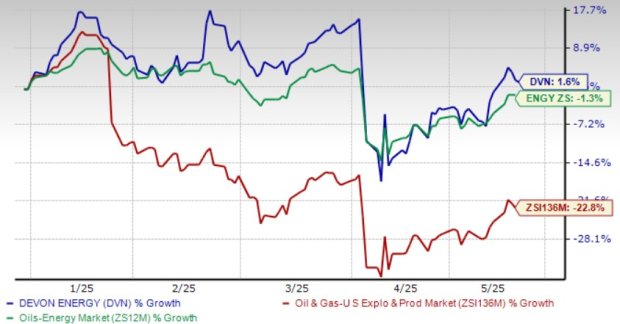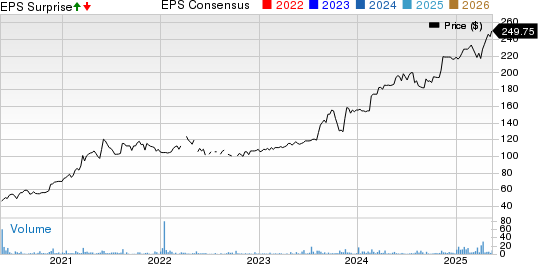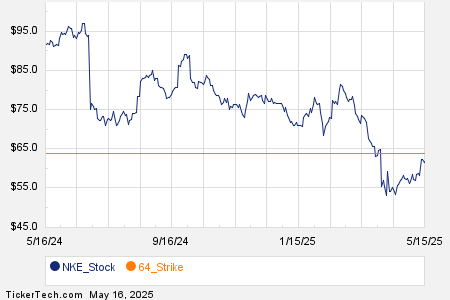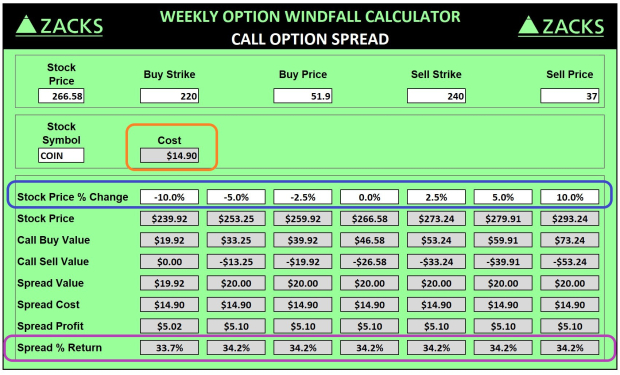Coffee Prices Slide as Supply Concerns Strengthen Market Pressures
July arabica coffee (KCN25) today fell by -6.90 (-1.84%), while July ICE robusta coffee (RMN25) declined by -88 (-1.77%).
Supply Factors Weigh on Prices
Coffee prices took a significant dip today, with robusta reaching a five-week low. Increased coffee supplies are contributing to this downturn. As reported by Safras & Mercado, Brazil’s coffee sales for the 2024/25 season were 97% complete as of May 13, surpassing last year’s 94% figure for the same period.
Robusta prices are also facing downward pressure from rising inventories. ICE-monitored robusta coffee inventories hit a 7.5-month high today, at 4,890 lots. Similarly, ICE-monitored arabica coffee inventories increased to a 2.75-month high last Wednesday with 844,473 bags.
Demand Concerns Fuel Price Declines
Recent remarks from global commodity importers, including Starbucks, Hershey, and Mondelez International, highlight worries over demand. They indicated that the U.S. baseline 10% tariff on imports could raise prices and hurt sales volumes. Concerns about diminished demand are further fueling bearish sentiment in the coffee market.
On Thursday, arabica coffee hit a three-week low as indications of larger global coffee supplies continued to dampen prices. The USDA noted last Friday that it expects Honduras, Central America’s top coffee producer, to increase its coffee output by 5.1% year-over-year to 5.8 million bags in the 2025/26 season. Additionally, Safras & Mercado raised Brazil’s coffee production estimate for 2025/26 to 65.51 million bags from a prior estimate of 62.45 million bags. Furthermore, Brazil’s crop forecasting agency, Conab, upgraded its 2025 coffee production forecast to 55.7 million bags from January’s estimate of 51.81 million bags.
Mixed Signals from Exports and Weather
Despite these signs of increased production, indications of reduced exports from Brazil could provide some support for prices. Cecafe reported that Brazil’s April green coffee exports fell 28% year-over-year to 3.05 million bags, while total coffee exports for January through April decreased by 15.5% year-over-year to 13.186 million bags.
Weather conditions also play a role in the market’s direction. Last week, Brazil experienced lackluster rainfall. According to Somar Meteorologia, Minas Gerais, the country’s leading arabica coffee-producing region, received only 0.8 mm of rain during the week ending May 10, which is just 16% of the historical average.
Regional Production Trends
Robusta coffee found some support last Tuesday when Vietnam’s National Statistics Office reported a 9.8% decrease in coffee exports for January-April 2025, totaling 663,000 metric tons. The reduction in robusta production due to drought saw Vietnam’s coffee output in the 2023/24 crop year decline by 20%, reducing it to 1.472 million metric tons, the lowest in four years. Additionally, the General Statistics Office of Vietnam stated that 2024 coffee exports dropped 17.1% year-over-year to 1.35 million metric tons.
Market forecasts suggest differing trajectories for future production. While Rabobank anticipates a 7.3% year-over-year increase in Brazil’s 2025/26 robusta coffee output to reach a record 24.7 million bags, Volcafe has lowered its Brazil arabica coffee production estimate by approximately 11 million bags to 34.4 million bags due to severe drought conditions.
Long-Term Projections
The USDA’s biannual report on December 18 indicated mixed outcomes for coffee prices. The agency projects a 4.0% increase in global coffee production for 2024/25 to 174.855 million bags, with arabica production expected to rise by 1.5% to 97.845 million bags and robusta production increasing by 7.5% to 77.01 million bags. However, it also forecasts that ending stocks will decline by 6.6%, reaching a 25-year low of 20.867 million bags, down from 22.347 million bags in 2023/24.
For the 2025/26 marketing year, Volcafe anticipates a global arabica coffee deficit of 8.5 million bags, larger than the 5.5 million bag shortfall expected for 2024/25. This would mark the fifth consecutive year that the market faces a deficit in arabica coffee supplies.
On the date of publication,
Rich Asplund
did not have (either directly or indirectly) positions in any of the securities mentioned in this article. All information and data in this article are solely for informational purposes. For more information, please view the Barchart Disclosure Policy
here.
The views and opinions expressed herein are those of the author and do not necessarily reflect those of Nasdaq, Inc.




